What do pumpkin spice, cannabis, and folk medicine have in common?
They’re not well understood, have a weird reputation, and work better than most people think they do.
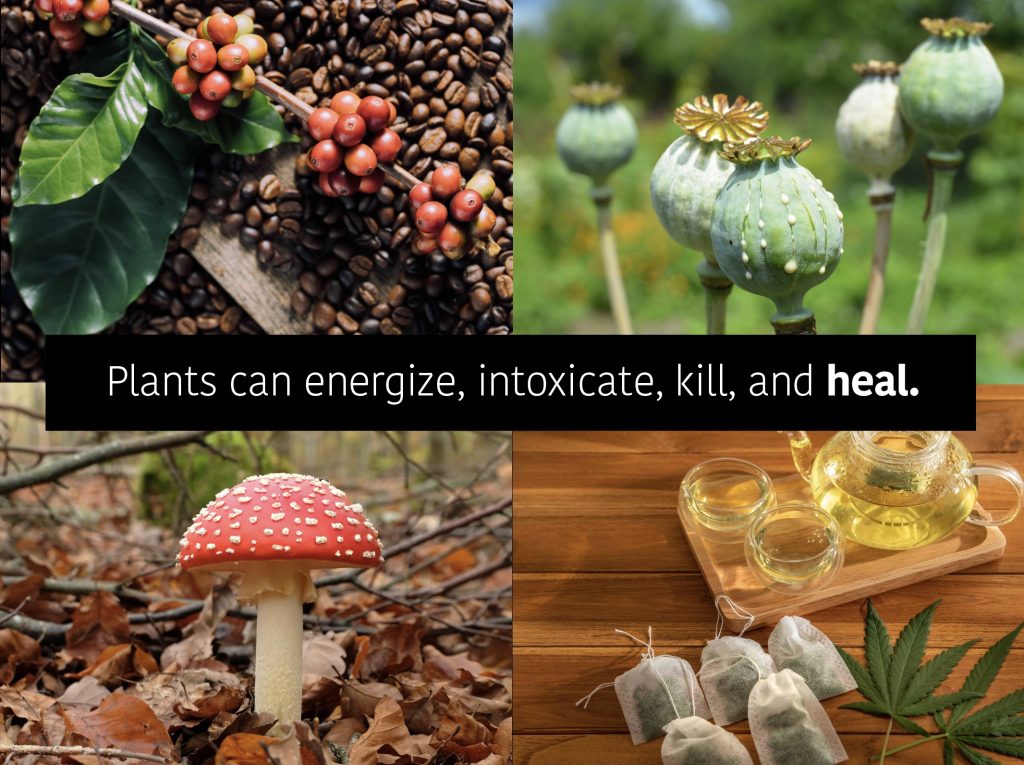
The effect plants have over the body has been known by humanity for millennia.
(Anyone who doubts that plants can affect the body is welcome to drink a quad shot of espresso and reevaluate).
From penicillin in mold, caffeine in coffee beans, hallucinogenic mushrooms, to mycrene in cannabis, it is undeniable that plants hold power over our bodies. We’ve lost touch with this information over the years. As humanity modernized, we’ve forgotten some of what we used to know, but studying our traditions can offer insight into the medicinal uses of some plants.
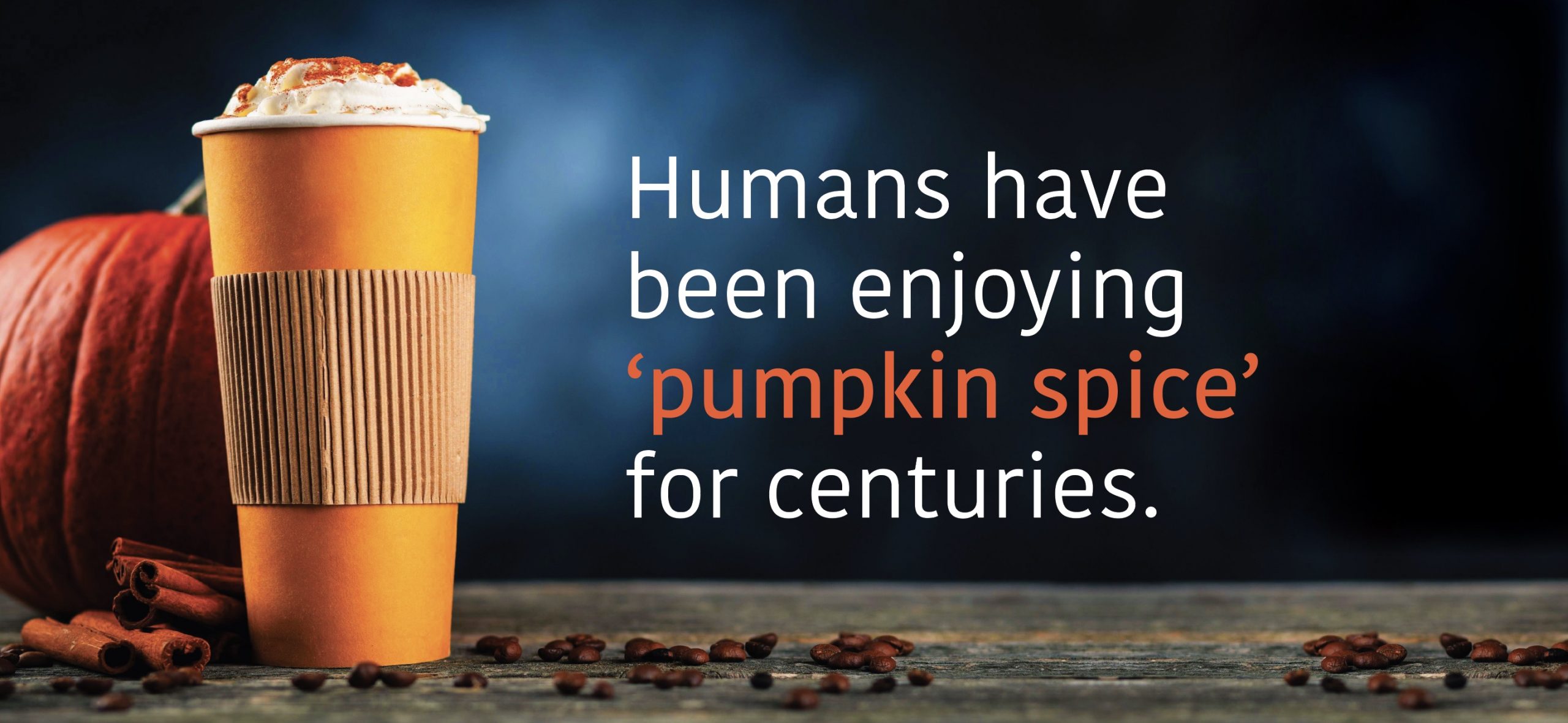
Let’s start with the dreaded and revered pumpkin spice. Truly, pumpkin spice is just a typical warming spice profile. Nutmeg, cinnamon, clove, allspice and ginger make up both the main ingredients of pumpkin spice and apple pie. (So you can all stop arguing about which is better.)
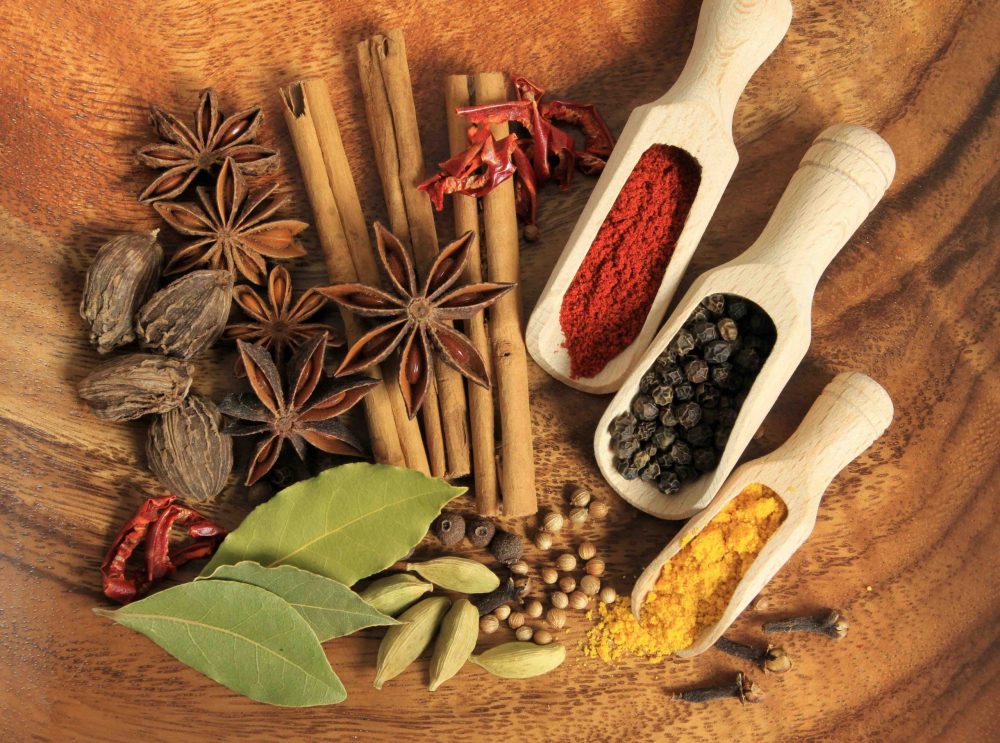
Warming Spices
Warming spices show up historically in dishes and drinks often consumed in the fall and winter, and they’re called ‘warming’ because they induce thermogenesis and increase circulation, which actually warms your body. It’s easy to see how these became traditional drinks in cold weather, but it doesn’t stop there. Wassail, for example, is a traditional winter drink who’s name literally means ‘be healed’.
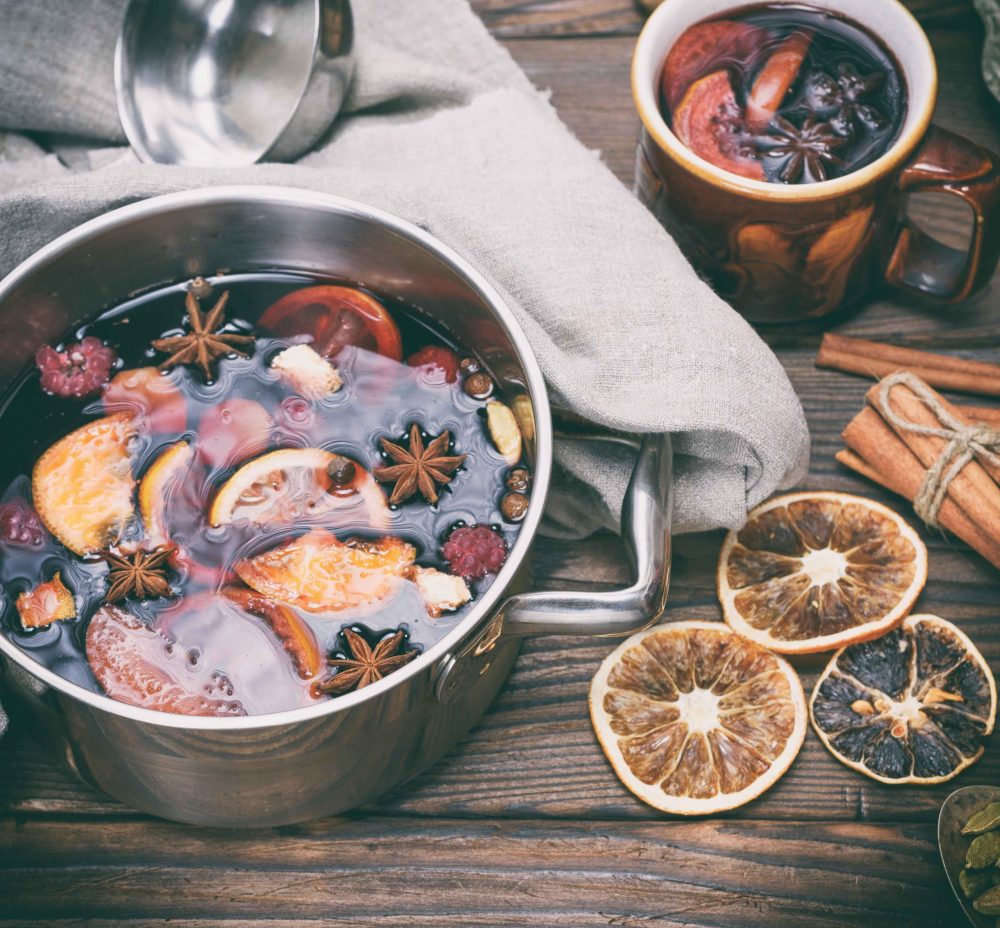
Pumpkin Spice is the New Wassail
It was so popular as a Christmas drink in England that it started the tradition wassailing, meaning to go door to door, singing and offering wassail in exchange for treats and gifts. This was later slimmed down to the tradition we now know as Christmas caroling.
Wassail includes warming spices such as clove, cinnamon, ginger, nutmeg and allspice, and also apples, oranges, a bit of alcohol for fun, and lemon juice. Now, if you’re a nutritionist, you can already see what’s happening. These are exactly the vitamins and nutrients you need to stave off the winter cold and general ickiness of that time of year.
We Evolved with Cannabis
This happens all around the world. Traditional dishes contain the plants needed to fight off bacteria, viruses, vitamin deficiencies and other threats of that time of year. It’s the same with folk medicine and ritual healing. As modern, civilized and scientific people, we tend to hear those words and imagine something silly or spooky, but as it turns out, a lot of what our ancestors did had real medicinal value. The use of cannabis in medicine dates as far back as 2800 BC, when Emperor Shen Nung listed it in his pharmacopoeia, and it is mentions by the Assyrians, Greeks and Romans. Ancient Hindu text attribute fevers to the ‘hot breath of angered gods’, and perscribe cannabis, the favorite plant of their god Shiva, to heal it. As it turns out, THC acts on the hypothalamus to reduce body temperature, which begs the question; what else did they know?
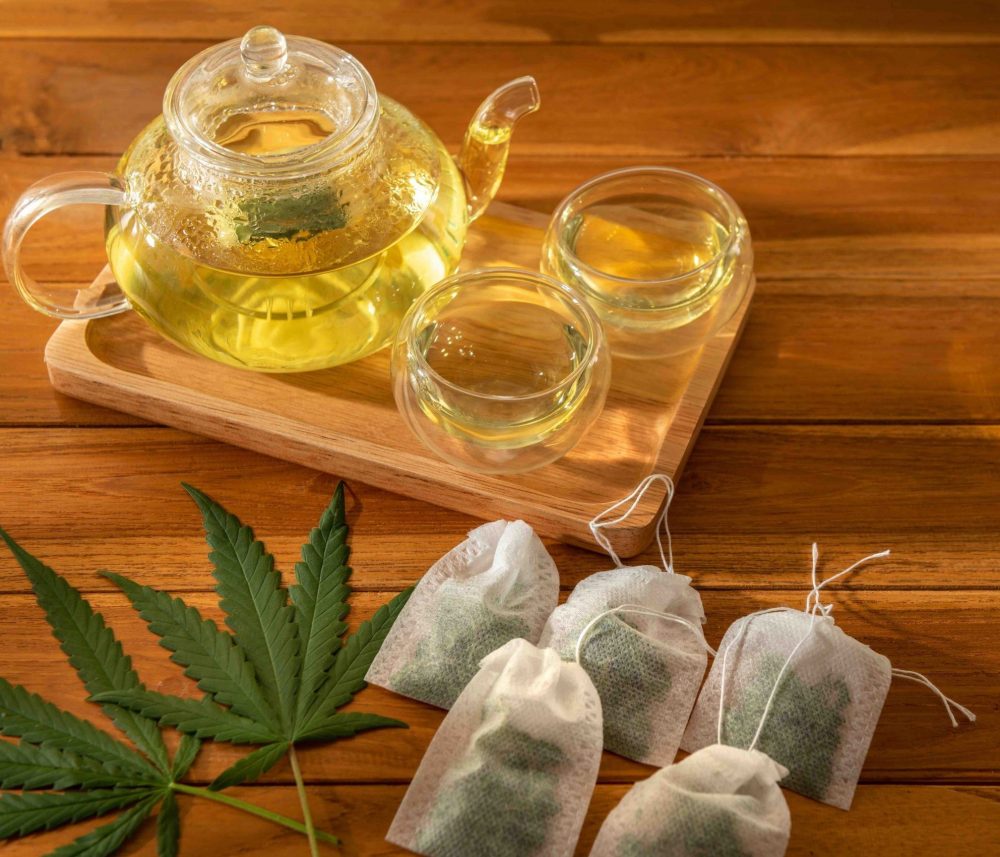
Cannabis and Chemistry
The interesting thing about the miracle plant cannabis is its abundance of terpenes and the presence of cannabinoids. Humans have an endocannabinoid system, which consists of lipid-based retrograde neurotransmitters found throughout the central and peripheral nervous system. We’re built to consume the plant, with special receptor proteins throughout our bodies specifically to bind to cannabinoids. But cannabinoids aren’t the only fascinating thing in cannabis.
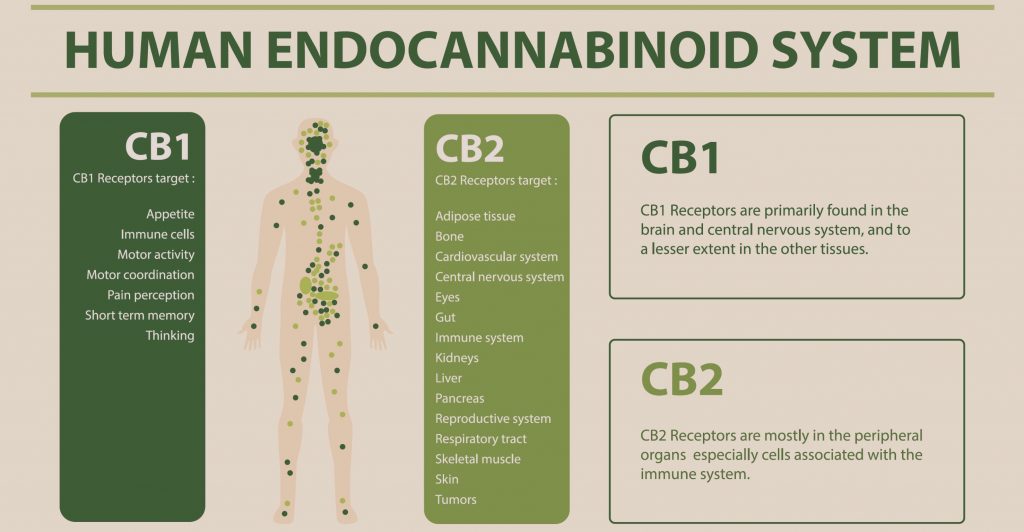
Terpenes are naturally occurring chemicals in plants that give them their aroma, flavor, and sometimes color. They’re responsible for the myriad of effects plants can impart. Cannabis, unlike most plants, doesn’t just have a few types of terpenes it produces. It has hundreds. That’s what makes it such a panacea.
Documented Effects of Terpenes
Limonene was found to be useful for weight loss, preventing anxiety, and fighting bronchitis.
Pinene was found to have neuroprotective properties, and preserves memory.
Mycrene reduces inflammation and cancer and is a heavy sedative.
Eucalyptol is a pain relieving, anti bacterial terpene already in use in medicine.
We Always Find Our Way Back
The list could go on, and on, and on, but you get the idea. The ritual consumption of cannabis very likely did help our ancestors who were sick, just like the warming spices of a Christmas wassail (or pumpkin spice) actually can warm you up.
Humanity seems to always find it’s way back to the plants that give us life. As we rediscover the healing properties of cannabis, we should also look at the cultural practices of our ancestors, and see that their wassail and our pumpkin spice might have more to them than we thought.

